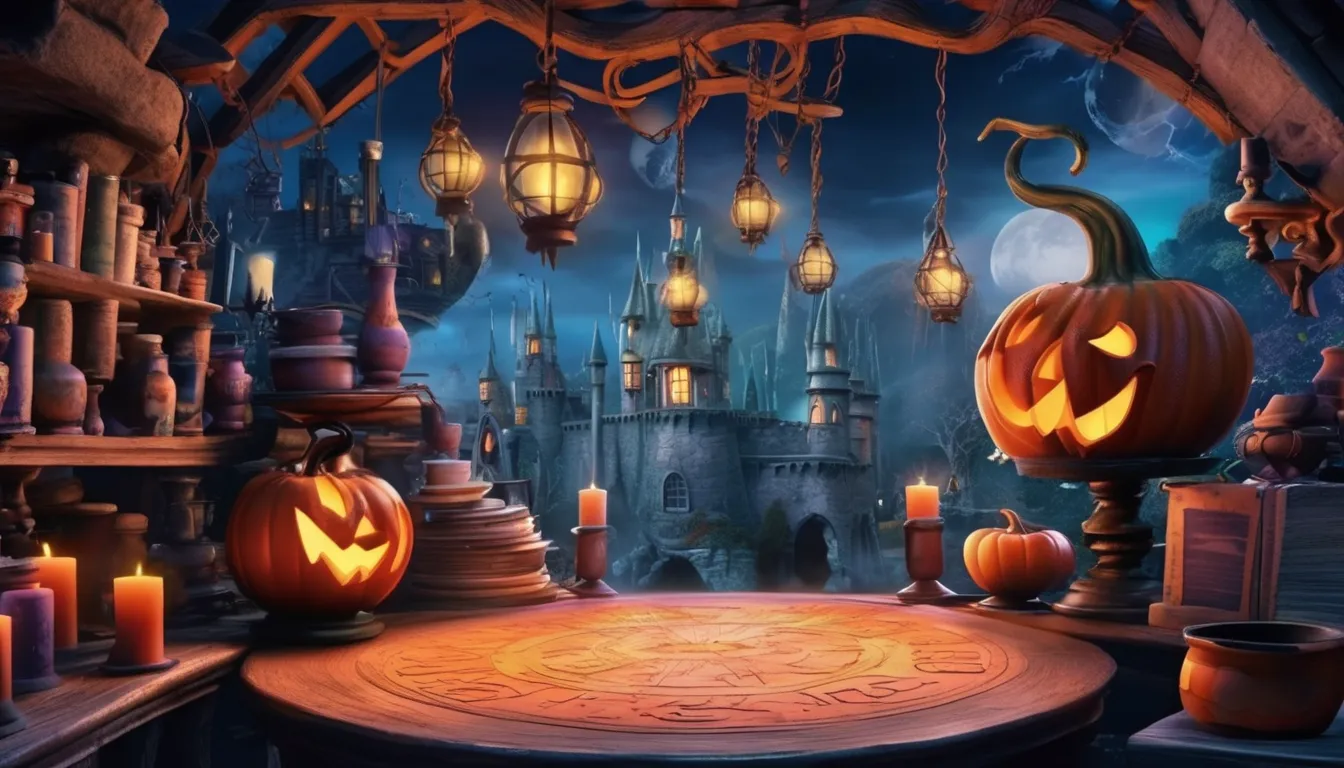As you look at the UK’s vibrant animation scene, you can’t help but notice a unique blend of old and new. Traditional techniques, such as stop-motion and hand-drawn animation, are still very much alive, but they’re now combined with cutting-edge technologies like CGI and digital painting. This fusion has led to some truly distinctive visuals and innovative storytelling. But what’s driving this evolution, and how are studios like Aardman Animations pushing the boundaries of their craft? The key to understanding this lies in the studios’ willingness to experiment and adapt – but what does this mean for the industry’s future?
Evolution of UK Animation
Since the early 20th century, you’ve seen UK animation evolve significantly. From its humble beginnings in experimental short films to modern computer-generated blockbusters, the industry has undergone a remarkable transformation.
You’ve witnessed the rise of studios like Halas and Batchelor, who produced the iconic ‘Animal Farm’ (1954) and ‘Heavy Metal’ (1981) for the UK and international markets.
As technology advanced, UK animators began to push the boundaries of storytelling. You’ve seen the emergence of stop-motion studios like Aardman Animations, known for ‘Wallace and Gromit’ (1989) and ‘Chicken Run’ (2000).
These studios haven’t only captured the hearts of British audiences but have also gained international recognition. The UK’s animation industry has become a hub for innovation, attracting talent from around the world.
You’ll notice that many UK studios are now producing content for global audiences, from children’s television shows to feature-length films. This evolution has positioned the UK as a major player in the global animation industry, with a unique blend of creativity and technical expertise.
Traditional Techniques in Modern Times
When you think of traditional animation techniques, you might imagine old-school studios filled with hand-drawn cells and painstakingly crafted models. However, many UK Healthcare animation production studios today still incorporate these methods into their work.
They recognize the unique charm and character that traditional techniques can bring to a project.
You’ll find studios that specialize in stop-motion, using carefully crafted puppets and sets to tell stories. Others focus on hand-drawn or 2D animation, using techniques that have been refined over the years.
These studios often combine traditional methods with more modern approaches, like digital painting or compositing, to create distinctive and captivating visuals.
The Rise of CGI Animation
Traditional techniques continue to thrive in UK animation studios, but a growing force in the industry is the rise of computer-generated imagery (CGI) animation. You’ve likely seen the impact of CGI in recent animated films, where characters and environments are created entirely on a computer. This shift has greatly expanded the possibilities for storytelling and visuals in animation.
UK studios are now leveraging CGI to produce stunning and immersive content that captivates audiences worldwide.
As you explore the world of UK animation, you’ll notice that many studios are combining traditional techniques with CGI. This blend of old and new allows for greater creative freedom and flexibility.
With CGI, animators can experiment with complex characters, environments, and special effects that would be challenging or impossible to achieve with traditional methods. The result is a unique visual style that showcases the best of both worlds.
Breakthroughs in Stop-Motion Design
Stop-motion design has evolved significantly in UK animation studios, and you’re likely to notice its distinct charm in many productions. You’ll see the painstaking attention to detail, the intricate craftsmanship, and the sense of nostalgia that comes with this traditional animation technique. UK studios have pushed the boundaries of stop-motion, experimenting with new materials and techniques to create unique visual styles.
| Studio | Production | Innovative Feature |
|---|---|---|
| Aardman Animations | Wallace and Gromit | Complex set designs with precise camera movements |
| Laika Studios | Coraline | 3D printed faces for more expressive characters |
| Mackinnon and Saunders | Fantastic Mr. Fox | Elaborate fur textures with animatronic characters |
You’ll appreciate the creativity and skill that goes into crafting these intricate worlds. From the whimsical characters to the meticulous attention to detail, stop-motion design has become a hallmark of UK animation studios. The blending of traditional techniques with modern innovations has resulted in a distinctive aesthetic that captivates audiences worldwide. As you explore the world of UK animation, you’ll discover the magic of stop-motion design and the talented studios that bring it to life.
Innovations in Digital Storytelling
The digital landscape has become an integral part of UK animation studios, and you’re about to experience the exciting innovations that are redefining digital storytelling.
Modern technologies like real-time rendering and virtual production are revolutionizing the way animators work. Real-time rendering allows for instant feedback, reducing production time and enabling studios to experiment with different ideas. Virtual production, on the other hand, enables animators to work on sets and environments that exist only in the digital realm.
You’ll notice the impact of these innovations in the work of UK studios, such as the use of AI-powered tools to create realistic character animations and dynamic environments.
Another key area of innovation is the integration of virtual and augmented reality (VR/AR) technologies. This enables studios to create immersive experiences that transport viewers into new worlds.
Conclusion
You’ve witnessed how UK animation studios blend tradition and technology, creating unique visuals and innovative storytelling. As you reflect on the evolution of UK animation, it’s clear that embracing both old and new methods has led to captivating content. With ongoing breakthroughs in stop-motion design, CGI, and digital storytelling, the UK’s animation landscape will continue to thrive, captivating global audiences and pushing the boundaries of this ever-evolving art form.

